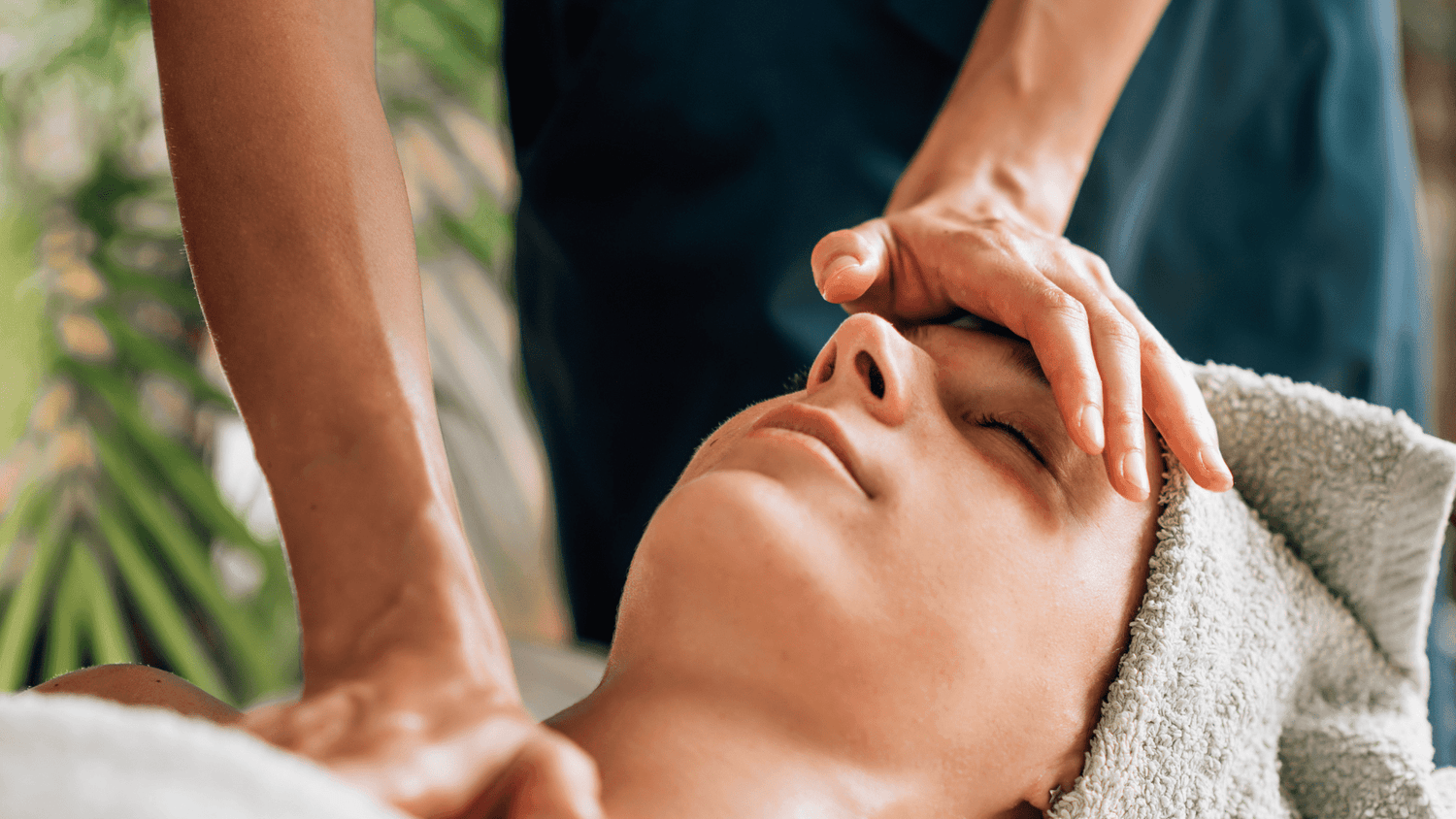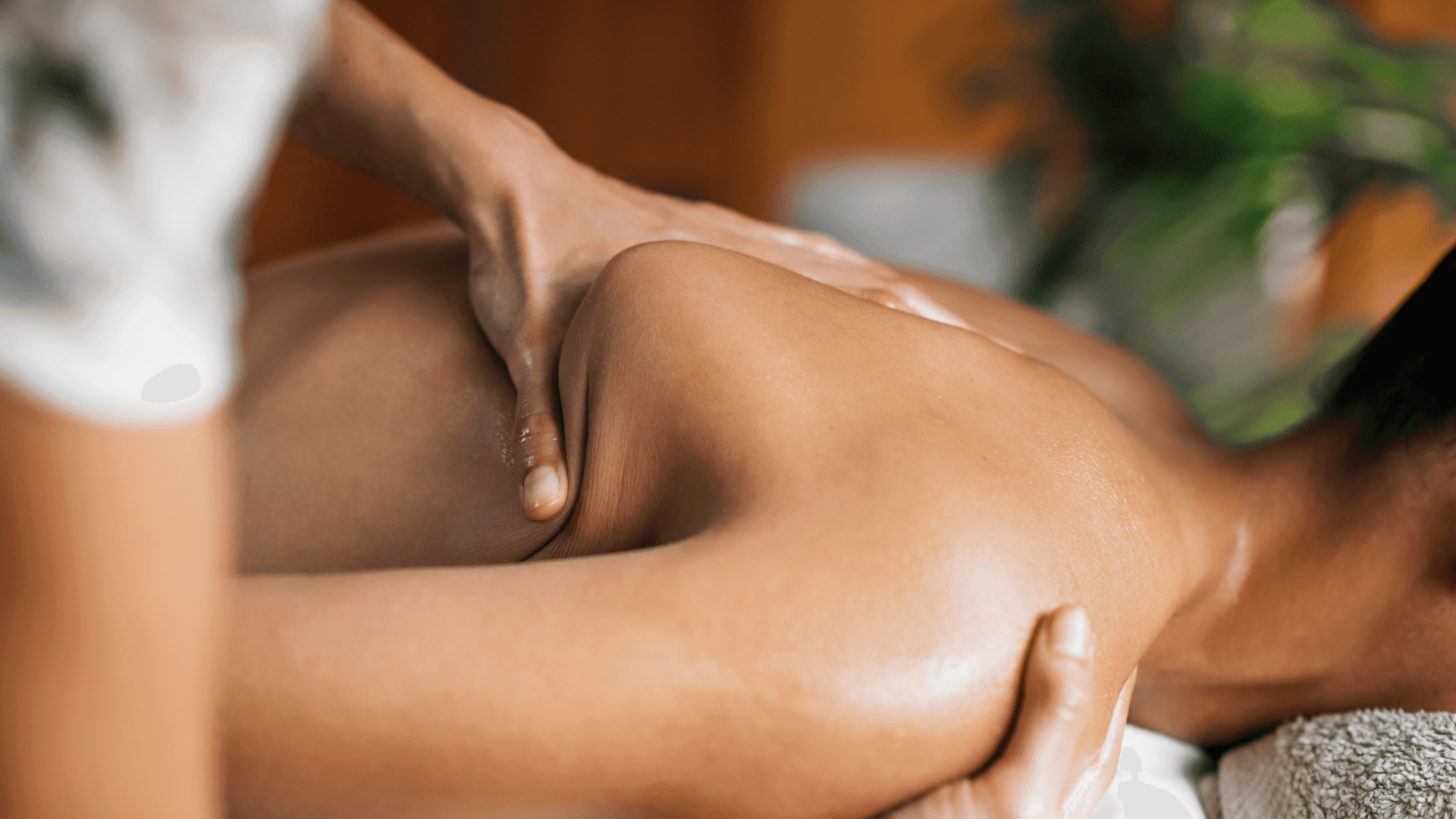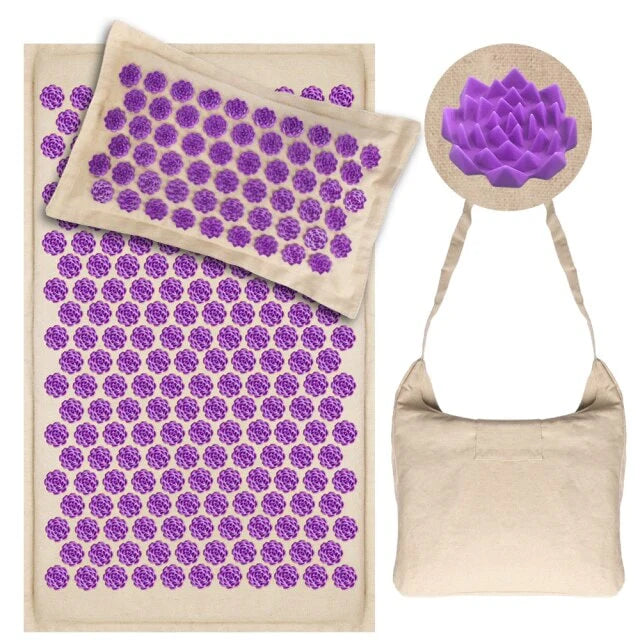Ayurveda is based on harmony between body and mind, and offers numerous benefits such as stress reduction, elimination of toxins, improved circulation. While treatments are often based on precise massage techniques, Ayurveda also suggests readjusting one's lifestyle to achieve greater harmony and better health.
Ayurveda is yoga's sister science, dedicated to balancing mind and body. Thousands of years ago, in India, Ayurveda was developed as a system for diagnosing imbalances in the body and mind that eventually manifest as illness, disease and other symptoms.
The aim is to restore balance to the body through a healthy lifestyle adapted to the individual, the use of herbal formulas and other appropriate natural remedies.
Ayurveda is above all a holistic and preventive system of medicine. Its role is to provide knowledge and targeted practices so that body and mind can be in harmony and in top form.
Ayurveda teaches us that to be healthy we need good bodily function, but that we need to combine physical health with mental and emotional health. This means understanding the lifestyle that suits us best, adapting our diet, our sleep, our communications, our interactions and much more.
Ayurveda is one of the traditional medicines recognized and listed by the WHO as a natural, traditional and integrative health system.
The main principles:
- Ayurveda is based on the theory of the 5 elements.
- Ether (Akasha) - subtle space.
- Air (Vayu).
- Fire (Agni).
- Earth (Prithivi).
- Water (Jala).
These elements make up the universe (macrocosm) and create the human body (microcosm). So we have all the elements inside us, and we are a reflection of the universe.
Who is it for?
It's for everyone, whatever their age, whether you're in good health and looking for what's best for you, or in deep or slight imbalance. Ayurveda guides you towards well-being and reconnection with your body and your own essence. Self-realization is the ultimate state of healing.
Focus on Ayurvedic massage
In Ayurvedic medicine, massage is a therapeutic tool in its own right. In India, the practice of massage is integrated into everyday life from childhood onwards. Massage is a body therapy as well as a way of life. Of course, these massages are good for you (well-being massages), but they are also therapeutic.
There are different types of Ayurvedic massage, depending on the imbalance and underlying needs of the person concerned at the time of consultation, as well as on the person's birth constitution.
There are 10 treatments or massages:
- Abhyanga: treatment with warm ayurvedic oil.
- Udvartana: friction treatment with plant powders.
- Garshan: friction treatment.
- Pizhichil: treatment with oil + heat/sudation.
- Vishesh: muscle toning treatment.
- Svedana: sweating.
- Marmas: treatment of energy points.
- Shirodhara, takradhara: relaxing forehead treatments.
- Pindasvedana: massage with massage bags.
- External basti: local external treatment.
The doshas, the basis of the Ayurvedic constitution
The 5 elements combine to give rise to 3 biological humors, 3 great vital forces that create the body, make it function and destroy it:
- The Doshas Vata, the wind, is a combination of the elements air and ether. It's the dosha that characterizes movement, the driving force. Vata is mainly found in the colon, nervous system, skin, ears and bones. It manages all the body's movements, such as heartbeat and breathing. It is a rather cold, dry energy. When balanced, it expresses fluidity, creativity and alertness. When out of balance, it creates fear, anxiety and irregularity.
- Pitta, fire, is a combination of the elements fire and water. It is the dosha that characterizes transformation and metabolism. This mood is mainly found in the liver, small intestine, blood and eyes. It's a warm, moist energy. It manages digestion, absorption, assimilation and body temperature. In balance, it expresses tenacity, intelligence and acuity. When out of balance, it creates anger, frustration, hatred and inflammatory states.
- Kapha, water, is a combination of water and earth. It is the connecting and supporting dosha, the structuring force. It is mainly found in the stomach, lungs, tongue and plasma. It's a cold, moist energy. It manages the body's lubrication, hydration and immune system. In balance, it creates love, gentleness and forgiveness. When out of balance, it generates attachment, possession, greed and congestion in the body.
Each person's Ayurvedic constitution is characterized by a specific combination of these 3 doshas. Depending on which doshas dominate, we can determine the patient's physical and psychological type (Prakriti).
When the doshas become unbalanced, dysfunctions and illnesses appear. Ayurveda restores the balance specific to each individual and maintains the body's optimal state of health.
The benefits of ayurveda
- Calms the nervous system, soothes the body and mind, especially the Wind imbalance (the Vata dosha), which is high in the 21st century given the pace of everyone's activities.
- Improves blood and lymph circulation.
- Facilitates elimination of toxins from the body.
- Revitalizes body and mind: promotes the body's natural regenerative and defensive capacities.
- Freer circulation of energy.
- Ayurveda in practice.
- The branches of ayurveda.
This ancestral health system initially comprised 8 branches:
- Internal medicine (Kaya Chikitsa).
- Head and neck diseases (Shalakya Tantra).
- Surgery (Shalya).
- Treatment of poisoning / Science of antidotes (Agadatantra).
- Pediatrics (Kaumara Bhritya).
- Rejuvenation / Science of elixirs (Rasayana).
- Use of aphrodisiacs / Sexual potency and fertility (Vajikarana).
- Psychology / Science of evil spirits (Bhutavidya)
Today in India, Ayurveda remains the reference medicine for the bone system, ophthalmology, dentistry and obstetrics.
However, even if there are branches and areas of expertise, Ayurveda always takes into account the whole being, and the concept of "specialties" found in our Western health systems therefore does not apply.
Diagnosis and treatment in Ayurvedic medicine
During the first consultation, the practitioner gets to know the patient and establishes an Ayurvedic assessment.
This includes taking the pulse, observing the tongue, asking about evacuations (stools, urine, sweat), eating and living habits, digestion, skin, nails, sleep, the patient's past history, etc. This assessment enables us to define your constitution and set up a customized program.
This assessment enables us to define your constitution and set up a tailor-made program based on who you are, your personal history, your dysfunctions and your needs.
Numerous techniques will be used to restore balance, including readaptation to an optimal lifestyle (e.g. daily and seasonal routines), diet (flavors, associations and dietary balance), medicinal plants, meditation, breathing (pranayama), yoga, mantras, massage, gems, etc. Panchakarma" - deep purification cures under medical supervision (e.g.: enemas, therapeutic purgations, etc.) - may also be considered.








